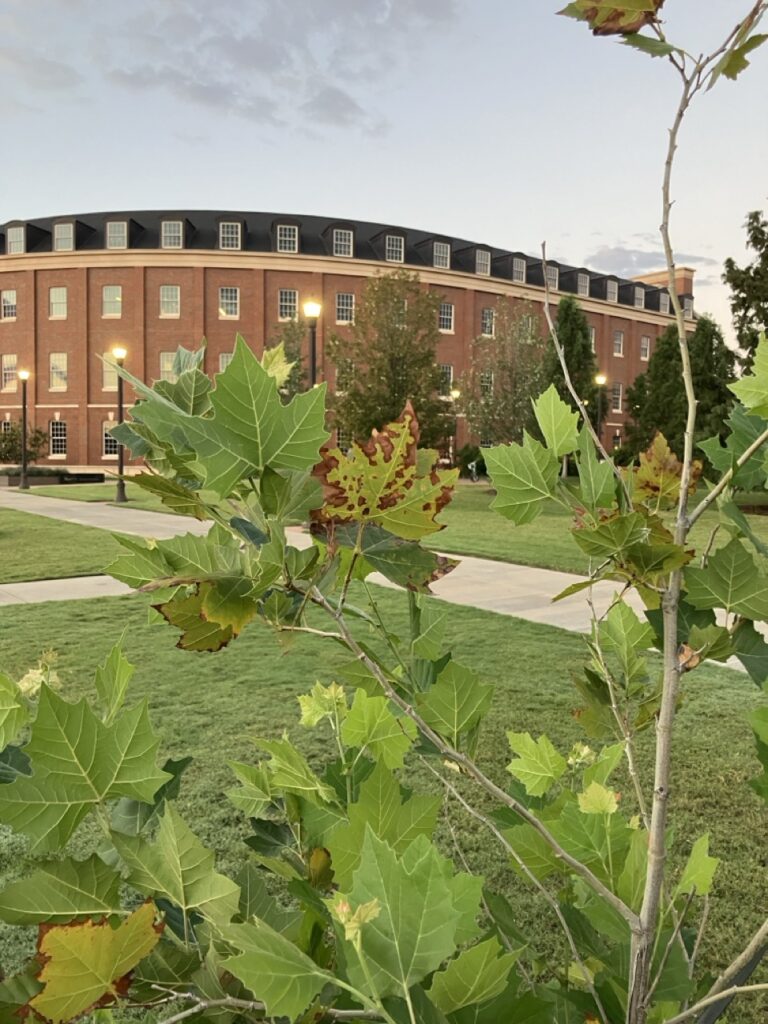
I don’t usually do timely or topical photo here on Weekly Fifty (case in point: last week’s shot of a purple leaf with a raindrop, which had pretty much nothing at all to do with Christmas) but I did think that this one might be fitting to close out the year. Not in any literal sense, since sunflowers and the end of the year don’t typically go together, but mostly because what this photo represents to me.
This has been a year of growth and change, but for many people, a year of uncertainty and even anxiety. Conflicts around the world as well as here at home, political unrest, economic uncertainty…the list goes on and on. And yet, the sun still rises. In dark days, such as the thick of winter when, in the northern hemisphere, daylight wanes and temperatures drop, the sun still rises. In difficult times, the sun still rises. Through it all, the sun rises as the earth turns, night gives way to day, and the blessings of the Lord are renewed each morning. This sunflower, as with most of its kind, looks to the light of dawn and unfurls its green shroud to greet the day with a sense of hope, purpose, perhaps even joy. (Though as I have said many times here on Weekly Fifty, I know very little about plants so that last description might be stretching things just a bit.) And that is a good reminder to me, and a bit of reassurance that even in the midst of challenges and difficulties, there’s always something to look forward to.
Which is why I thought today might be a good day for this shot :) I took it earlier in the year with my Nikon D750 and 105mm f/2.8 macro lens while walking across campus on the way to work, and specifically composed it in such a way as to get the blurry lights just behind and to the left of the yellow petals. It might seem like a simple thing, but those bits of bokeh, which were coming from the back of a delivery van, made a big difference in how the final shot looked. They gave it a sense of vibrance that was missing when I positioned myself differently with the lights out of the frame, and I’m glad I was able to get the shot looking like this. There’s also some fun bonus bits in the shot if you look carefully, such as a spider peeking out from a yellow fold and some wisps of webbing connecting a couple of petals on top, but even if all you see is just a yellow flower, then that’s just fine with me :)
And so that brings us to the end of another calendar year, while looking ahead to what comes next. Whatever is in store for you for 2026 I hope it’s good, right, and salutary, and your quiet moments bring peace, reflection, and perhaps even prayerful meditation rather than worry and anxiety. Hold on to what you can change, let the Lord take care of what you can’t, and in between it all, keep your camera in hand, and go out and take some cool photos.



